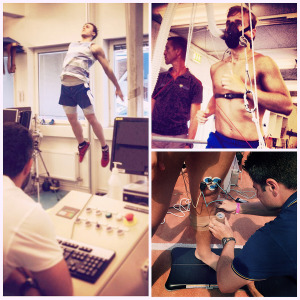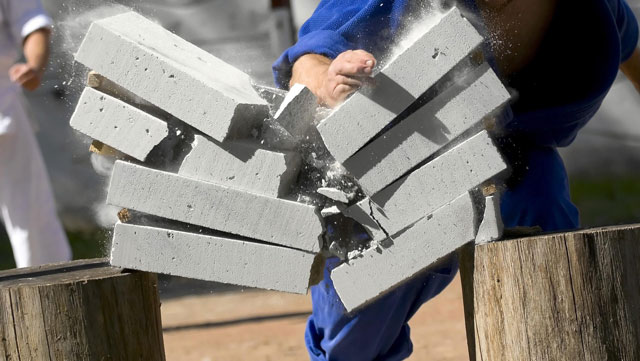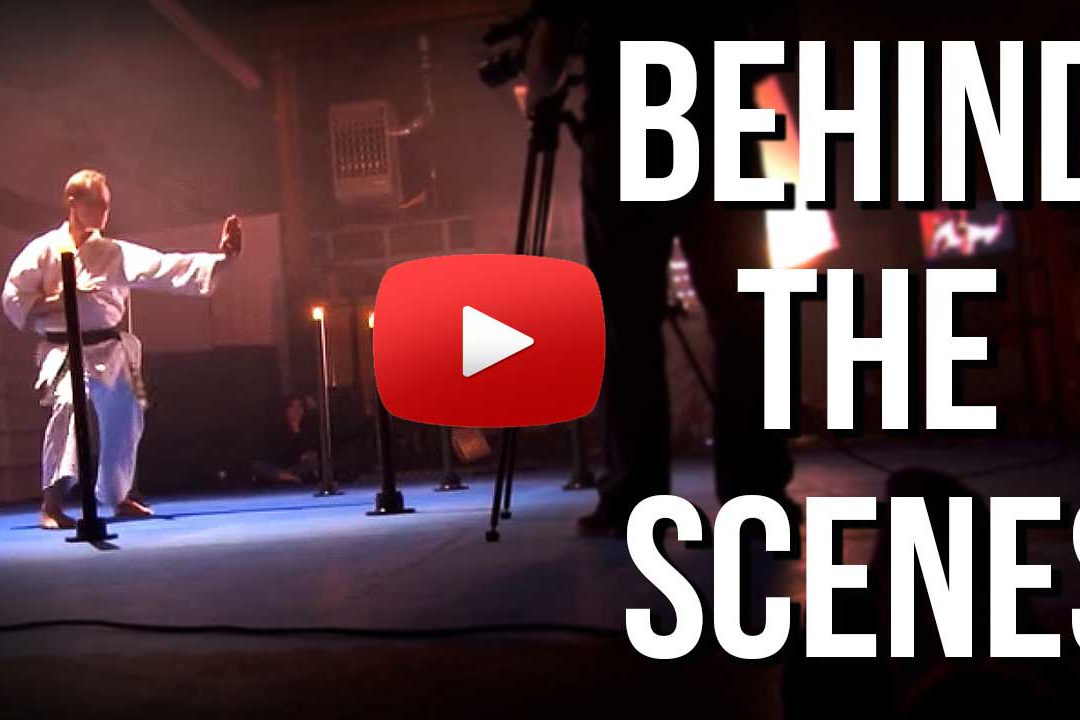
Do you know what power is?
It’s tricky.
But super important for Karate!
Because, let’s face it: if you don’t have power in your techniques, your Karate is pretty much only for show.
In traditional Karate, especially the kind still practiced in Okinawa & Japan, power is of utmost importance.
Yet, many people have a hard time generating power in their techniques.
Even basic punches!
Why?
Partly because they don’t really understand what the term “power” means, but also because it requires a lot of scientifically correct training.
So check this out…
Today I would like to help you achieve massive power in your Karate techniques by using a little bit of science.
(If you ask me, science should be applied much more in today’s Karate.)
Let’s make one thing clear though: I’m no scientist. I don’t even know how the lamp in my fridge works. But I’ve been using scientific principles for years to optimize my understanding of Karate, and hopefully I can share some of that with you today.
Sounds good?
Let’s get started!
_________
Force = Mass x Acceleration
The first thing you should know is this:
No matter how much you practice, you can’t defy the laws of physics.
That includes Newton’s second law.
F= m x a
(Force equals mass times acceleration)
This formula is fundamental to your punching power and will be the basis of the rest of this article.

But, you should know that a punch requires multiple accelerations of different masses working together simultaneously (a.k.a “technique”), and the dynamics of a something like a punch are fairly complex as we are dealing with many levers, forces and torques.
So, even though the physics of a punch is not as cut and dry as F = m x a, it covers the basics of what you need to know.
You see, the power of your punch depends mainly on how fast you can accelerate your mass.
That’s it.
The quicker you accelerate your mass into the target, the more powerful your punch is.
Remember that.
So now, let’s look at those two components.
Mass & acceleration.
Step 1: Understand “Mass”
The first thing you want to increase is your mass.
(And no – not by getting a loyalty card at Dunkin’ Donuts.)
More mass equals more potential punching power.
You want to increase the amount of mass you can manage to transfer into the target.
- If you are a beginner in Karate, the only mass you’ll be able to move into the target is basically your hand.
- If you train a little longer, you might get the whole arm behind the punch. That’s a few more pounds!
- And if you train even more… you might finally get your whole body’s mass behind the punch. Awesome!
When you reach that last stage, you’ll be able to generate legendary amounts of power – even if you’re a tiny person.
Like Bruce Lee.
The idea is to put every percent of your body’s mass into your punch.
To do this, you need to combine correct technique with a good understanding of your own body.
Then comes the next step; hurling that body mass away.
Step 2: Understand “Acceleration”
The second step is acceleration.
(F = m x a – remember?)
Most people think acceleration is equal to speed, but it’s not.
Acceleration is how fast you increase the speed.
That’s the difference.
You need to increase the speed of your mass in as few seconds as possible.
It’s not enough to have speed in your technique. You need to actually reach that speed super fast too – otherwise you won’t get insane power!
For this to happen, your muscle fibers need to be sizzling hot and ready to fire in perfect sequence (= good technique) in order to accelerate your mass from a state of relaxation to tension (impact) as quickly as possible.
Again, it all comes down to correct technique.
This depends greatly on your ability to recruit fast-twitch muscle fibers through your central nervous system.
In other words, you cannot be lazy.
Lastly…
Step 3: Put It Together
Okay. Look.
You can have perfect understanding of how to use your mass, and be able to accelerate that mass at supersonic speeds, but if you don’t have this ONE final component it all falls down:
You need to have the warrior mindset.
In order to achieve the power you want, you need to enter each punch with total focus and unwavering commitment.
In Japanese, this mindset is known as “fudo-shin”, or ‘immovable mind’.
Basically, your mentality needs to be strong enough to move mountains.
For real.
The harder you can push yourself mentally, the harder you can punch physically.
Sadly, many people have weak minds.
This holds them back from reaching their potential more than any of their physical or technical attributes.
It’s just that simple.
You need to align all three components of shin-gi-tai (mind-technique-body) to perform at top level, no matter if you’re punching, kicking or blocking.
Then just add a little science to it – and you have a deadly cocktail.
Good luck & thanks for reading.
May the power be with you!



62 Comments